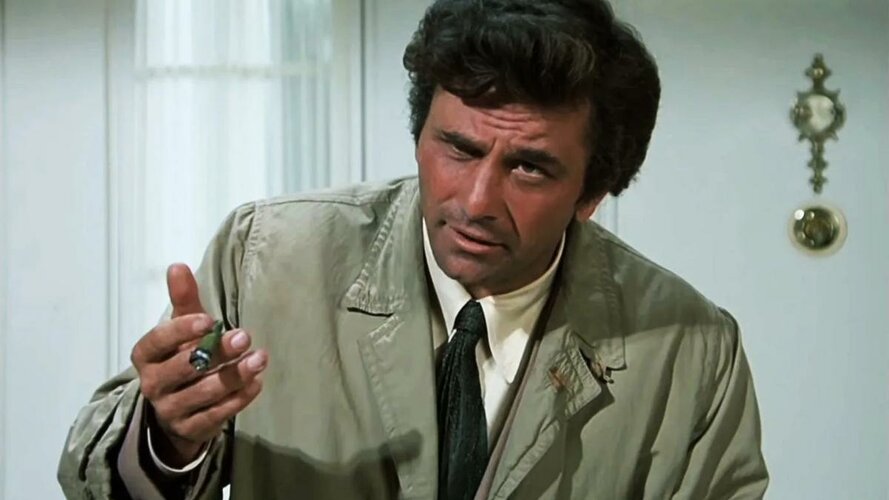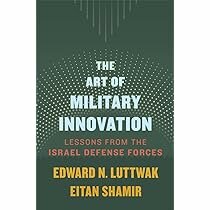if i were an Italian Defense Minister in the 50s and 60s the options i would try to implement would have been the following:
1: the search for a capable fighter would have likely led to Italy adopting something different than the F-104 starfighter, the likely choice i would pick is the F-11F-1F Super Tiger to be produced under licence and the likely development of the plane by Fiat would have led to it being a capable plane up to the halfway part of the cold war, leading to the latter defense minister (if they stay in charge for long enough that is) to make more EF-2000 once available or more Tornados, in the meantime the Super Tiger in question would have had similar works done to it as the F-104S.ASA.M, imagine that monstrocity if it happened.
2: use the G 95 as a conventional fighter aircraft to supplement said F-11, (i'd settle for the G.95/3 design to use because it resembles the Phantom for easiness sake or i could make the Fiat G.95/4 a reality with the british B.S.100 engine which i would desperately want to in order to acheive the carrier i want, it's a Garibaldi and a Cavour in essence) the G.95/3 would need to be larger than the F-11 in order to be the F-4 equivalent, the goal Is to acheive the construction of a fighter that would lead to a bit more leverage in future european wide projects, an example can be a parallel development of the Tornado as a true multirole platform in the long run without getting stuck in the mess the british had.
3: get the Leo1 to be developed into the OF-40 asap in order to keep OTO safe and try to acheive a competent availability of it in all tank forces in country, the subsequent Ariete is a problem for future DM, also OTOMATIC will be acheived at some point
4: get the Agusta company comfortable enough to experiment without being interfered with by the US manufacturers too much which will lead to interesting developments down the line,leading likely to a Cobra equivalent heli and a Mangusta early
5: pushing very hard to have an actual carrier as flagship (conventional or nuclear that depends on the necessity, i'd prefer nuclear but knowing history with my country the 80s would lead to issues) and a fleet that can handle soviet/filosoviet forces in the Med, such a carrier should be roughly Midway sized,treaty be damned and if the US doesnt mind too much we can always attempt to get a supercarrier but that is a dream and if Italy gets a supercarrier It would be best It Is nuclear powered at least.
6: examine very hard the servicemen that might be harbouring love for fascism and try to either get them to renounce their beliefs or throw them out of the army and barring anyone with said ideas from entering the service, and subsequently getting the army loyal to the Country rather than the politicians, ie the only loyalty they must have is to the President of the Republic as the commander in chief and the government.
7: requirements for standard weapons will be compliant with enviromental laws that are in the works,the necessity of putting this as a priority is the goal of acheiving a re-engineering and try to stimulate engine manufacturers to produce more efficient powerplants earlier as a mean of attempting to ease any high costs in the field.
8: having strict requirements of naval composition of 1 carrier/supercarrier, 3 LHD/LHS (San Giorgio class like) 4-6 DDG,10 Frigates and 10 corvettes (later to be replaced with Pattugliatori d'Altura) and the historical number of smaller vassels, for other strict requirements the defense budget must always be at a minimum 2% of the GDP,regardless of politics, regardless of governments and regardless of any shifts in the International sphere because,and that must always be said, Italy has threats in the Mediterranean at least untill 91, considering Gheddafi we would have to have a threat untill 2011, i know It goes far but it Is necessary in order to not be strongarmed by any regime.
9: making continous reports that must be released to the pubblic of the reality of foreign situations regarding defense, being transparent about the money spent, the requirments, the wages,where the funding goes and how does it help the national industry, the MoD has also a duty of defending the country from disinformation so It must be always explained to the pubblic,regardless of political ideas



